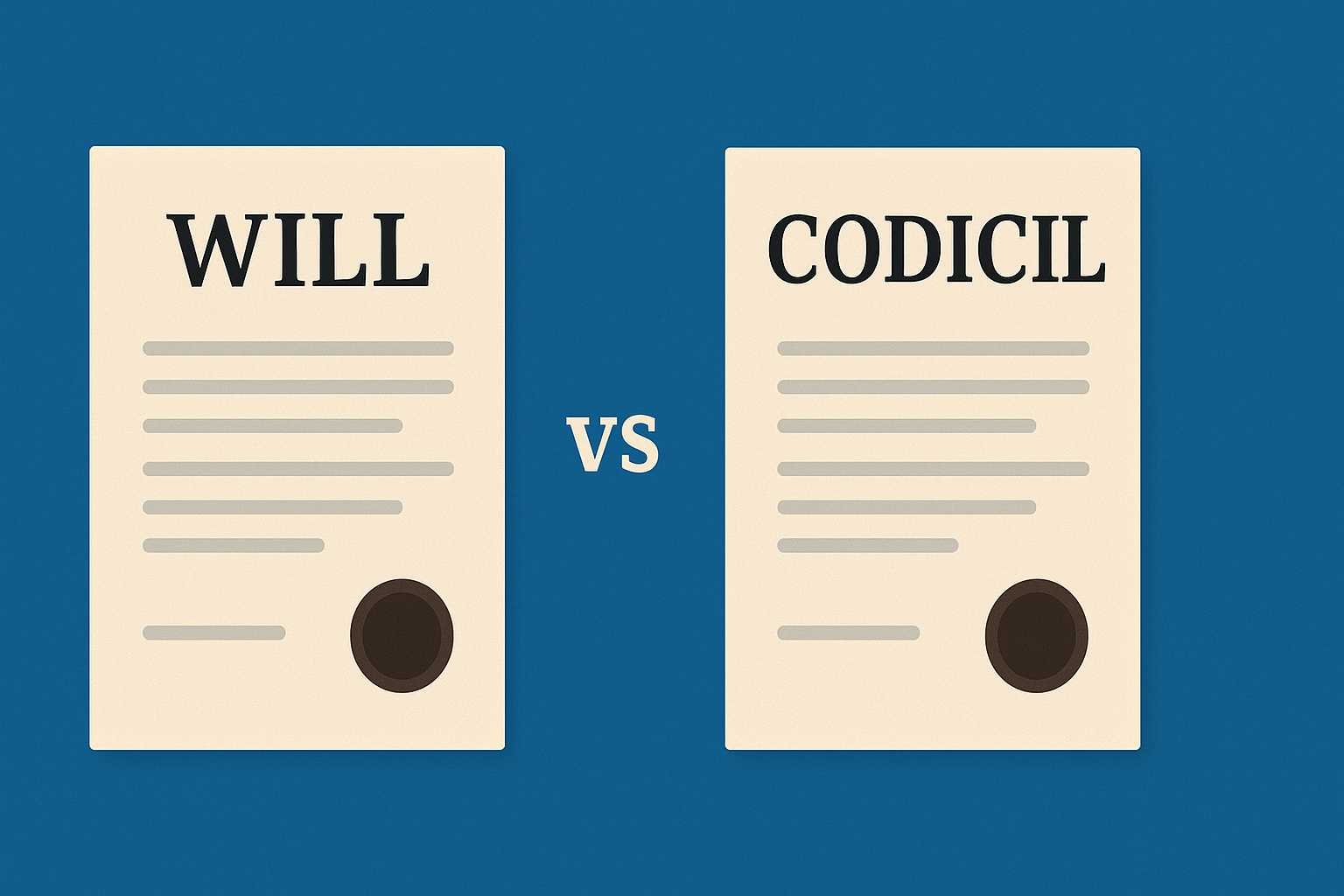On this page you will read detailed information about Family Medical Leave Act (FMLA).
If you are an employee who needs to take time off from work to care for a family member or for your own medical needs, you may be eligible to take leave under the Family and Medical Leave Act (FMLA). This federal law allows qualifying employees to take up to 12 weeks off per year without losing their job or health benefits. To determine if you are eligible for FMLA leave, you must have worked for your employer for at least one year and provided at least 1,250 hours of service over the previous 12 months. You also must work at a location where your employer employs 50 or more people within a 75 mile radius. As you consider whether you qualify for FMLA leave, this article covers the eligibility requirements and rules around taking leave in more depth so you understand your rights and responsibilities under this law.
What Is Family Medical Leave Act (FMLA)?

The Family Medical Leave Act (FMLA) is a United States labor law that provides certain employees with up to 12 workweeks of unpaid, job-protected leave per year for medical and family reasons. The FMLA allows eligible employees to take leave for:
- The birth of a child or care of a newborn
- The placement of a child for adoption or foster care
- A serious health condition affecting the employee or a close family member (spouse, child, or parent)
- A military family leave
To be eligible for FMLA leave, an employee must have worked for their employer for at least 12 months and have worked at least 1,250 hours during the previous 12 months. FMLA also only applies to employers with 50 or more employees within 75 miles.
While on FMLA leave, an employee’s group health insurance benefits must remain in effect. Upon return from FMLA leave, an employee must be restored to their original job or an equivalent position with equal pay and benefits.
The FMLA helps support work-life balance for many Americans. It provides job security and stability for those facing medical issues or expanding their families. Although unpaid, the FMLA guarantees employees can take necessary time off without fear of losing their positions or healthcare coverage.
Employees planning to take FMLA leave should provide their employers with appropriate notice. Employers can require medical certification from a doctor to verify the need for leave due to a serious health condition. FMLA leave can be taken intermittently as medically necessary. Employees and employers should maintain open communication regarding FMLA leave to ensure proper compliance and prevent any confusion or disputes.
The FMLA is an important protection for both employees and their families during times of need. By understanding their rights and responsibilities under the FMLA, employees can take necessary leave with more peace of mind. Employers should also educate themselves on proper FMLA administration to avoid potential legal issues.
Am I Eligible for FMLA Leave?
To be eligible for FMLA leave, you must meet the following requirements:
- You have worked for your employer for at least 12 months. The 12 months do not have to be consecutive, but you must have worked for the employer for a total of 12 months.
- You have worked at least 1,250 hours for your employer during the 12 months immediately preceding the start of the leave. The 1,250 hours include only the time actually worked and do not include paid time off such as vacation, holidays, sick leave, etc.
- Your employer employs at least 50 employees within a 75-mile radius of your worksite. The 50 employees must have worked for the employer for at least 20 workweeks in the current or preceding calendar year.
- You are taking leave for an FMLA-qualifying reason, including:
•The birth of a child or to care for a newborn child (within 12 months following birth);
•The placement of a child for adoption or foster care (within 12 months of placement);
•To care for your spouse, child, or parent with a serious health condition;
•Your own serious health condition that makes you unable to perform the essential functions of your job;
•Qualifying exigencies arising out of the fact that your spouse, child, or parent is a military member on covered active duty or call to covered active duty status.
If you meet the eligibility criteria, you are entitled to take up to 12 workweeks of FMLA leave in a 12-month period. Check with your employer regarding their specific FMLA year calculation.
In the previous post, we had shared information about 8 Important Rights of Private Employees Under Indian Labour Law, so read that post also.
While on FMLA leave, your employer must maintain your group health insurance coverage as if you were still working. You will still be responsible for paying your portion of the health insurance premiums.
To request FMLA leave, you must notify your employer of the need for leave and provide enough information for your employer to determine if the leave qualifies for FMLA protection. You may need to provide medical certification from your health care provider if the leave is for your own or a family member’s serious health condition.
How Much FMLA Leave Can I Take?
The FMLA allows eligible employees to take up to 12 workweeks of leave during any 12 month period for certain family and medical reasons. The 12-month period is measured forward from the date an employee’s first FMLA leave begins.
Amount of Leave for Qualifying Reasons
An eligible employee can take up to 12 workweeks of leave in a 12-month period for:
- The birth of a child and to bond with the newborn child within one year of birth;
- The placement of a child for adoption or foster care and to bond with the newly placed child within one year of placement;
- To care for the employee’s spouse, child, or parent who has a serious health condition;
- A serious health condition that makes the employee unable to perform the essential functions of his or her job;
- Any qualifying exigency arising out of the fact that the employee’s spouse, son, daughter, or parent is a covered military member on “covered active duty;” or
- Twenty-six workweeks of leave during a single 12-month period to care for a covered servicemember with a serious injury or illness who is the spouse, son, daughter, parent, or next of kin to the employee.
Intermittent Leave
Under certain circumstances, employees may take FMLA leave intermittently or on a reduced leave schedule. Intermittent leave means taking leave in separate blocks of time due to a single illness or injury, rather than for one continuous period of time. A reduced leave schedule means a schedule that reduces an employee’s usual number of working hours per workweek or hours per workday.
Intermittent or reduced schedule leave must meet certain conditions:
- Leave for serious health conditions must be medically necessary;
- Employees must attempt to schedule leave so as not to unduly disrupt the employer’s operations;
- Employers may transfer employees taking intermittent or reduced schedule leave to alternative positions with equivalent pay and benefits that better accommodate that type of leave.
In summary, the total amount of FMLA leave granted to an employee cannot exceed 12 workweeks in a 12-month period, except for military caregiver leave which allows up to 26 weeks. The way you choose to use your allotted weeks of FMLA leave, whether continuously or intermittently, depends on the specific reason for taking leave and requires coordination with your employer.
FMLA Usage Rules and Regulations
To utilize FMLA leave, you must follow certain rules and regulations set by the Department of Labor.
Eligibility Requirements
To qualify for FMLA leave, you must meet certain eligibility criteria:
- You must have worked for your employer for at least 12 months. The 12 months do not have to be consecutive.
- You must have worked at least 1,250 hours during the 12 months prior to the start of your leave.
- Your employer must employ at least 50 employees within 75 miles of your worksite.
Amount of Leave Permitted
- If eligible, you are entitled to 12 workweeks of leave in a 12-month period for one or more of the qualifying reasons under FMLA.
- Spouses employed by the same employer are limited to a combined total of 12 workweeks of leave for the birth and care of a newborn child, adoption or foster care of a child.
Pay During Leave
- FMLA leave is unpaid. However, you may be eligible to receive short-term disability benefits or use paid time off (PTO) to continue receiving pay during your leave. Check with your employer’s policies regarding this.
- You may also apply for state disability insurance or paid family leave for partial wage replacement during your leave.
Job Protection
- Upon returning from FMLA leave, you must be restored to your original job or to an equivalent job with equivalent pay, benefits, and other employment terms and conditions.
- Your use of FMLA leave cannot result in the loss of any employment benefit that you earned or were entitled to before using FMLA leave.
Notification Requirements
- You must notify your employer in advance of your intent to take leave when the need is foreseeable. Provide at least 30 days notice when possible.
- Provide sufficient information for your employer to understand the reasons for your leave. You may need to provide medical certification to support your request for leave.
Following these rules and regulations will ensure you utilize FMLA leave properly and receive the full benefits and protections provided under this federal law. Let me know if you have any other questions!
FMLA FAQs: Your Top Michigan FMLA Guidelines Questions Answered
The Family Medical Leave Act (FMLA) provides job-protected leave for qualified employees. However, the eligibility requirements and rules can be complex. Here are answers to some of the most frequently asked questions about FMLA leave in Michigan:
To qualify for FMLA leave in Michigan, you must:
i) Have worked for your employer for at least 12 months (not necessarily consecutive)
ii) Have worked at least 1,250 hours in the 12 months before leave begins
iii) Work at a location where your employer has at least 50 employees within 75 miles
Eligible employees can take up to 12 workweeks of leave during any 12-month period for FMLA-qualifying reasons. The 12-month period is defined by your employer and may be a calendar year, fiscal year, or rolling 12-month period.
FMLA leave can be taken for:
i) Your own serious health condition that prevents you from working
ii) The birth or adoption of a child, or placement of a foster child (parental leave)
iii) Caring for your spouse, child, or parent with a serious health condition (family care leave)
iv) Qualifying military family leave related to a family member’s military service
To request FMLA leave, you must notify your employer at least 30 days in advance when foreseeable. Provide enough information for your employer to determine if the leave qualifies as FMLA leave. Your employer will require medical certification from a health care provider to support a request for leave due to a serious health condition.
Upon return from FMLA leave, you must be restored to your original job or an equivalent position. Your employer must maintain your group health insurance coverage during your leave on the same terms as if you continued to work. You will not accrue any additional benefits during unpaid FMLA leave.
Does this help clarify the FMLA eligibility requirements and usage rules in Michigan? Let me know if you have any other questions.
Conclusion
As outlined, the Family Medical Leave Act provides important protections for eligible employees needing time off work to care for family health issues. Understanding eligibility requirements and rules around intermittent leave ensures you follow proper procedures when faced with a situation requiring FMLA. Consulting with HR at the onset enables navigating what can be a challenging process amidst already difficult personal circumstances. While unpaid, safeguarding employment and continuing benefits offers critical support. Should questions arise later, keep lines of communication open. Balancing work and family ultimately requires openness, empathy and adherence to equitable policy.
Disclaimer
The information and services on this website are not intended to and shall not be used as legal advice. You should consult a Legal Professional for any legal or solicited advice. While we have good faith and our own independent research to every information listed on the website and do our best to ensure that the data provided is accurate. However, we do not guarantee the information provided is accurate and make no representation or warranty of any kind, express or implied, regarding the accuracy, adequacy, validity, reliability, availability, or completeness of any information on the Site. UNDER NO CIRCUMSTANCES SHALL WE HAVE ANY LIABILITY TO YOU FOR ANY LOSS OR DAMAGE OF ANY KIND INCURRED AS A RESULT OR RELIANCE ON ANY INFORMATION PROVIDED ON THE SITE. YOUR USE OF THE SITE AND YOUR RELIANCE ON ANY INFORMATION ON THE SITE IS SOLELY AT YOUR OWN RISK. Comments on this website are the sole responsibility of their writers so the accuracy, completeness, veracity, honesty, factuality and politeness of comments are not guaranteed.
So friends, today we talked about Family Medical Leave Act (FMLA), hope you liked our post.
If you liked the information about Family Medical Leave Act (FMLA), then definitely share this article with your friends.











